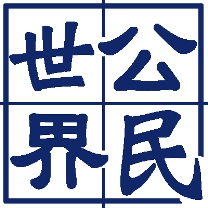一位外派到美國的台積電工程師跟我們分享,他剛到Arizona時,經常這樣寫email:
- Sorry to bother, but could you take a look?
- I’m sorry for the delay.
- Sorry I didn’t reply earlier.
他覺得這樣比較禮貌,也比較客氣。但幾個月後,主管私下跟他說:「你沒做錯什麼,不需要一直說sorry。你越道歉,越讓自己顯得是錯的,也讓人對你專業的信任感下降。」
這就是我們今天要談的Asian Apology Trap。
誤區1:對方根本沒不高興,你卻先道歉
「Sorry for the late reply」這句話問題在哪?
你不是真的「犯錯」,只是對方還沒收到回信。我們誤以為這種道歉很體貼,但在美式商業文化中,卻顯得不夠果斷、立場不穩。
更好的說法:
- Thanks for your patience.
- Appreciate your understanding.
- Following up on the earlier email.
誤區2:說不好意思聽起來超沒自信
「Sorry to bother you, but…」這句話的問題,是你在還沒開口前,就先幫自己貼上「我正在打擾你」的標籤。
更好的說法:
- Just a quick note to…
- Following up to check…
- Let me know if now’s not a good time.
誤區3:遇到delay,就急著道歉
「I’m sorry for the delay」問題在哪?
若delay是因為對方回覆得晚、資料尚未到位,你先道歉會讓人以為是你沒處理好,你不需要搶下本不屬於你的責任。
更好的說法:
- Thanks for your patience while we looked into this.
- We’ve been reviewing the issue and will update you shortly.
道歉不是萬惡,但要用得合理
道歉有它的場合,比如真的出錯、造成困擾時,用I apologize for the confusion是專業的表現,但如果你只是習慣性的用sorry開場,就會落入Asian Apology Trap。
想要顯得有禮貌又專業,不如多用以下句型開場:
- Hope your day’s going well.
- Just checking in to see if…
- Let me know if you have any questions.
責任編輯:倪旻勤
核稿編輯:陳瑋鴻



